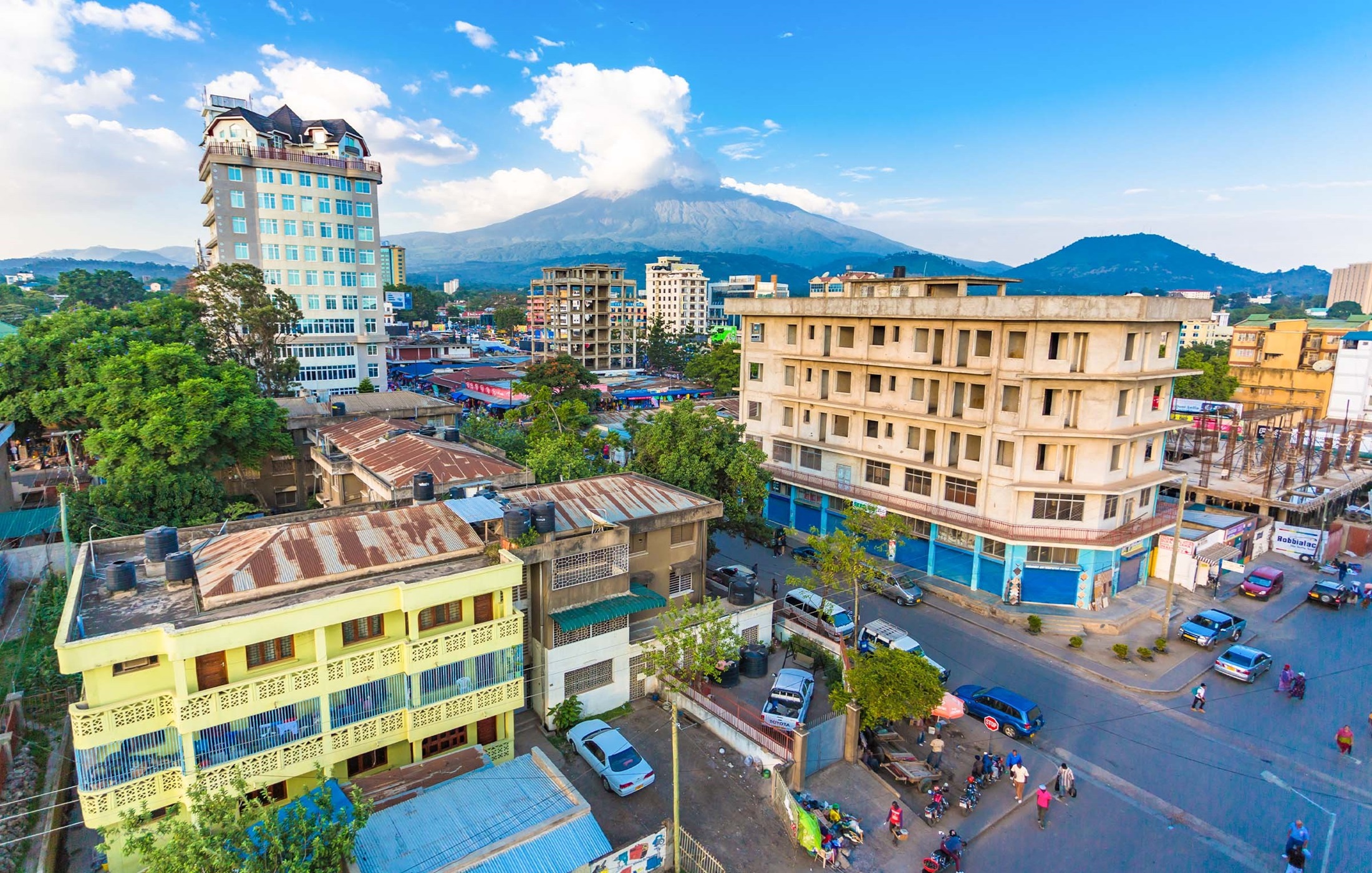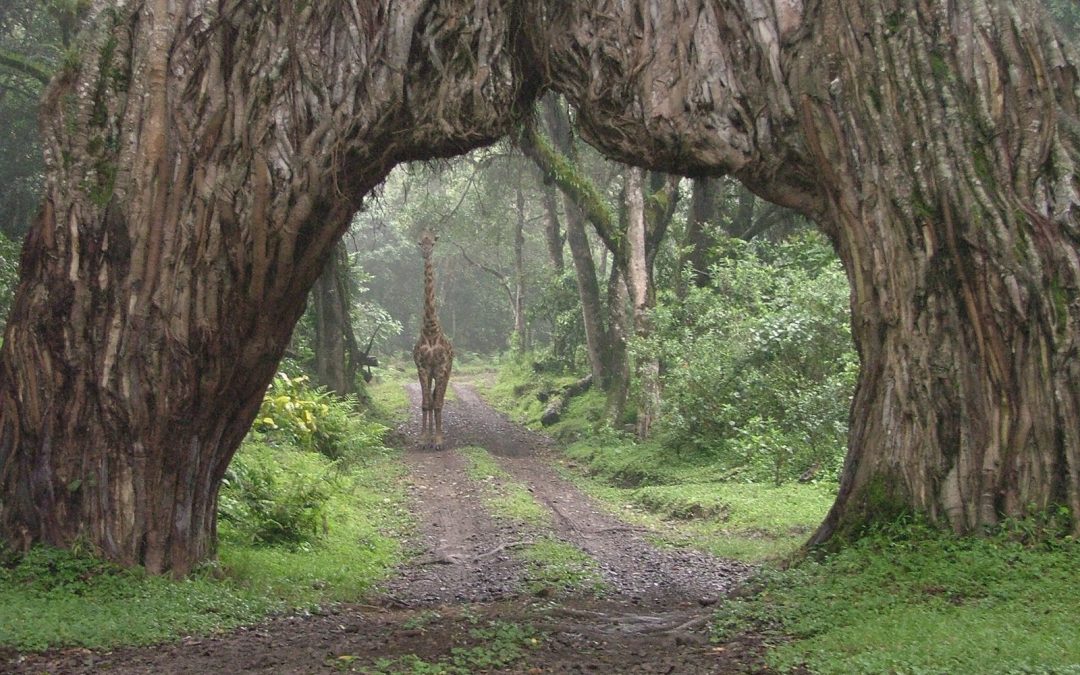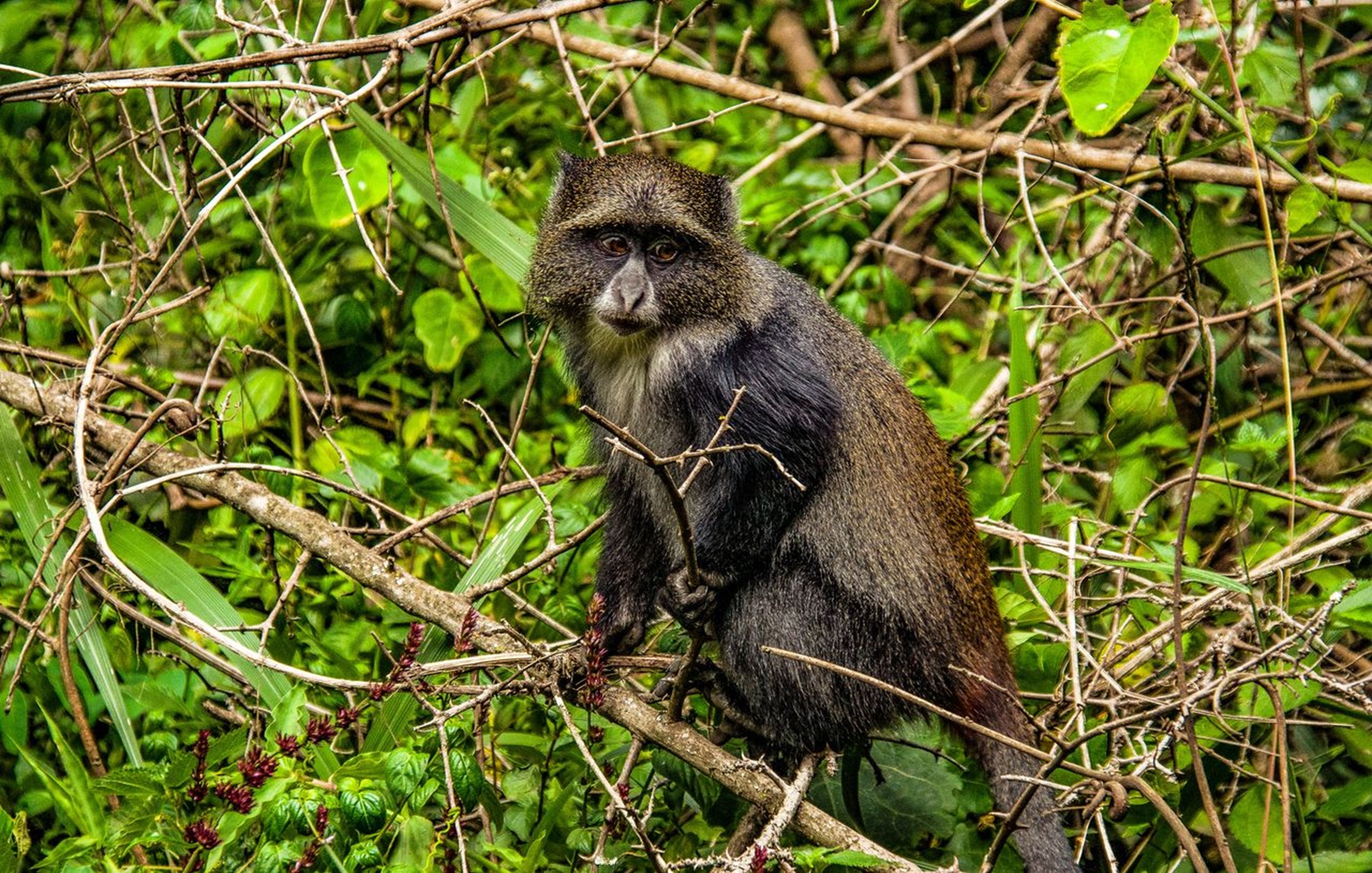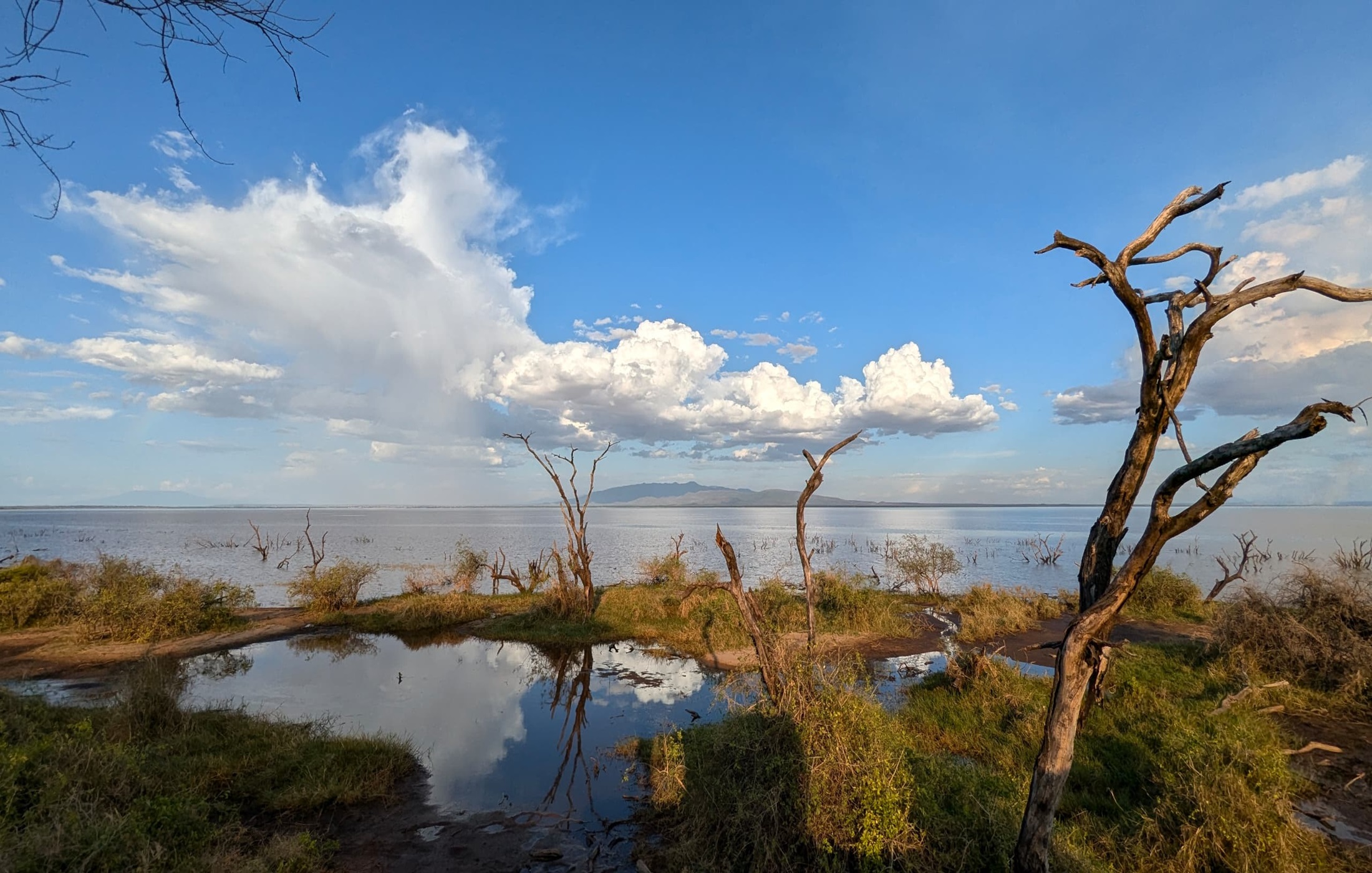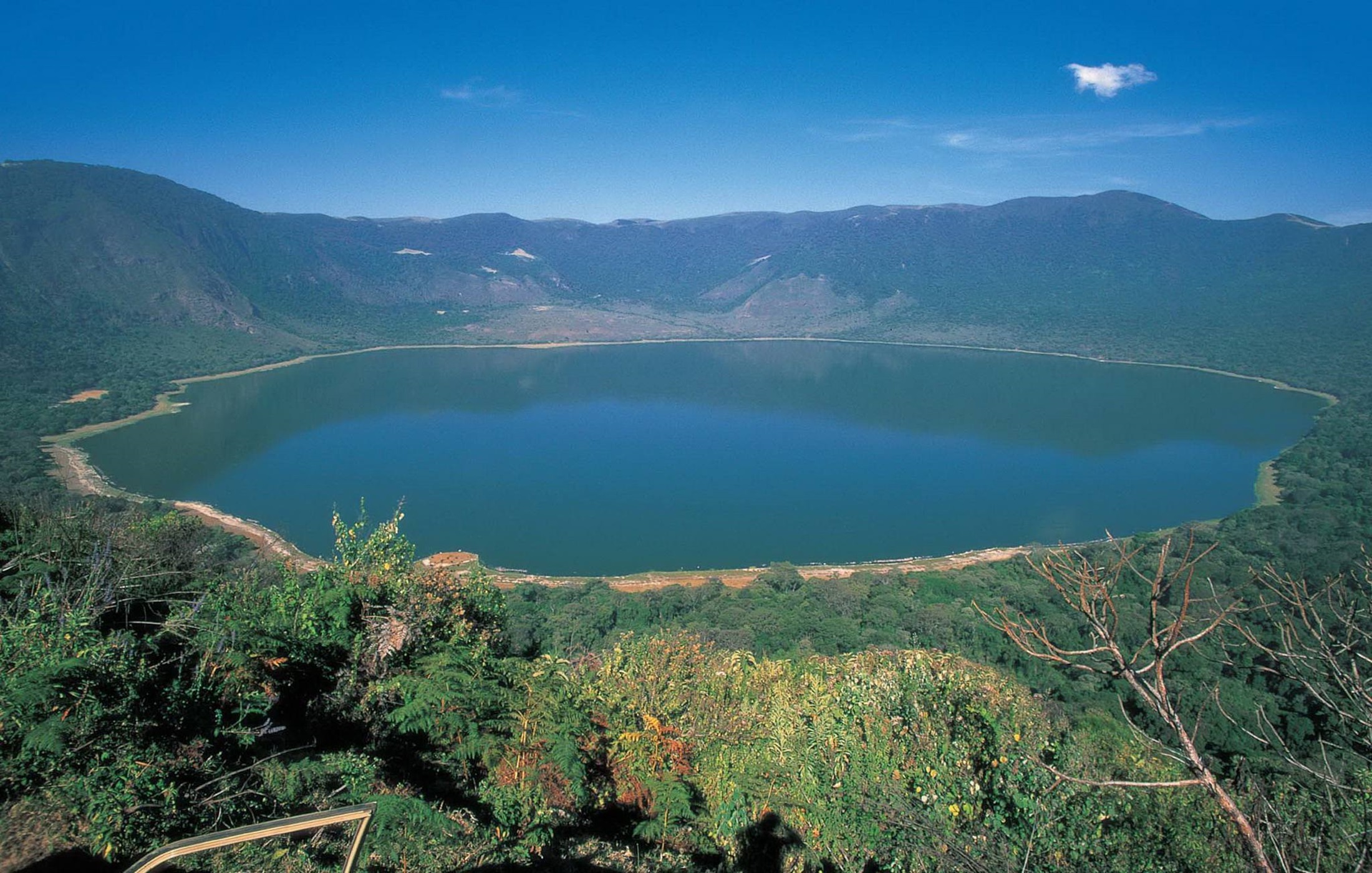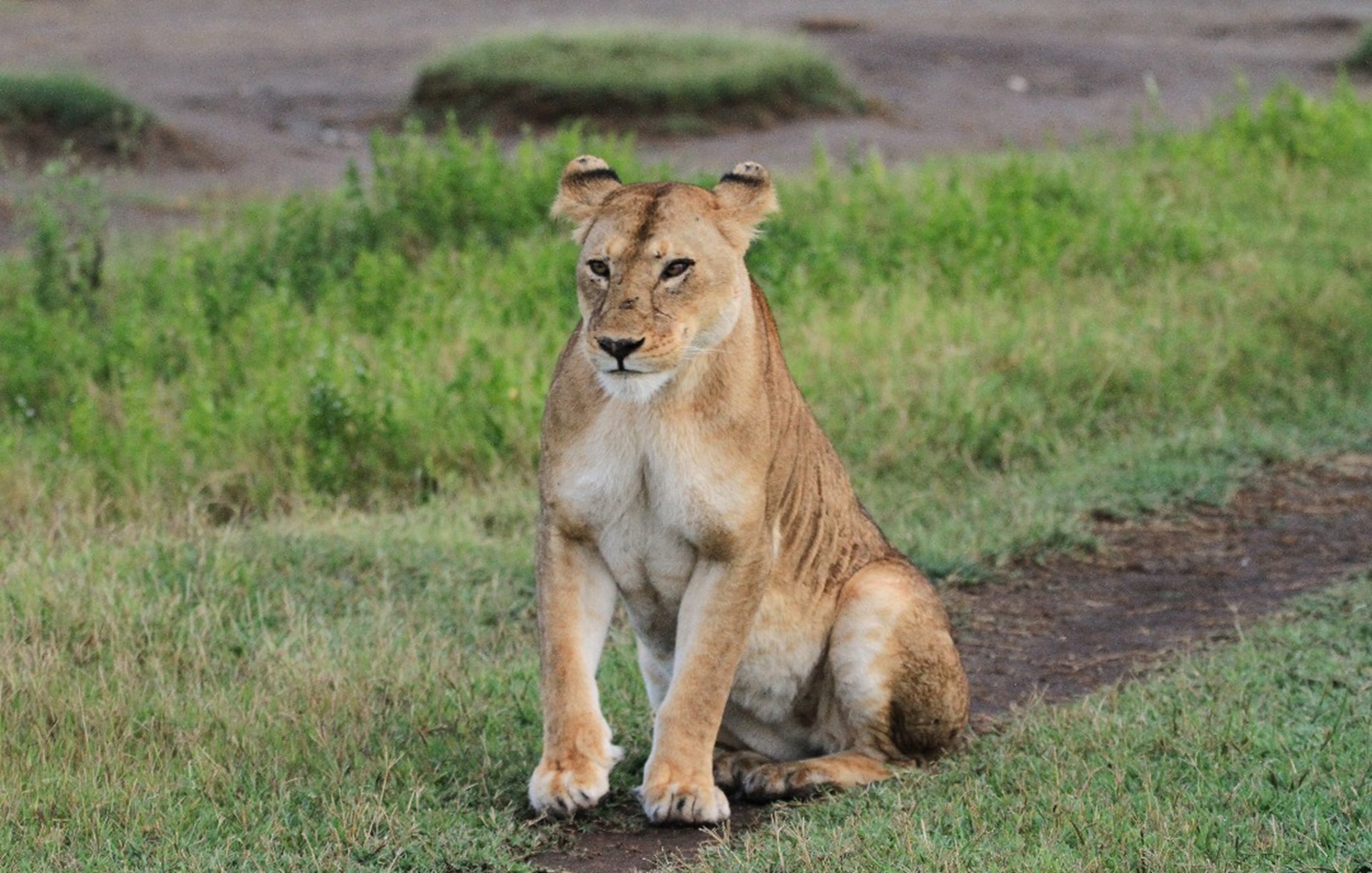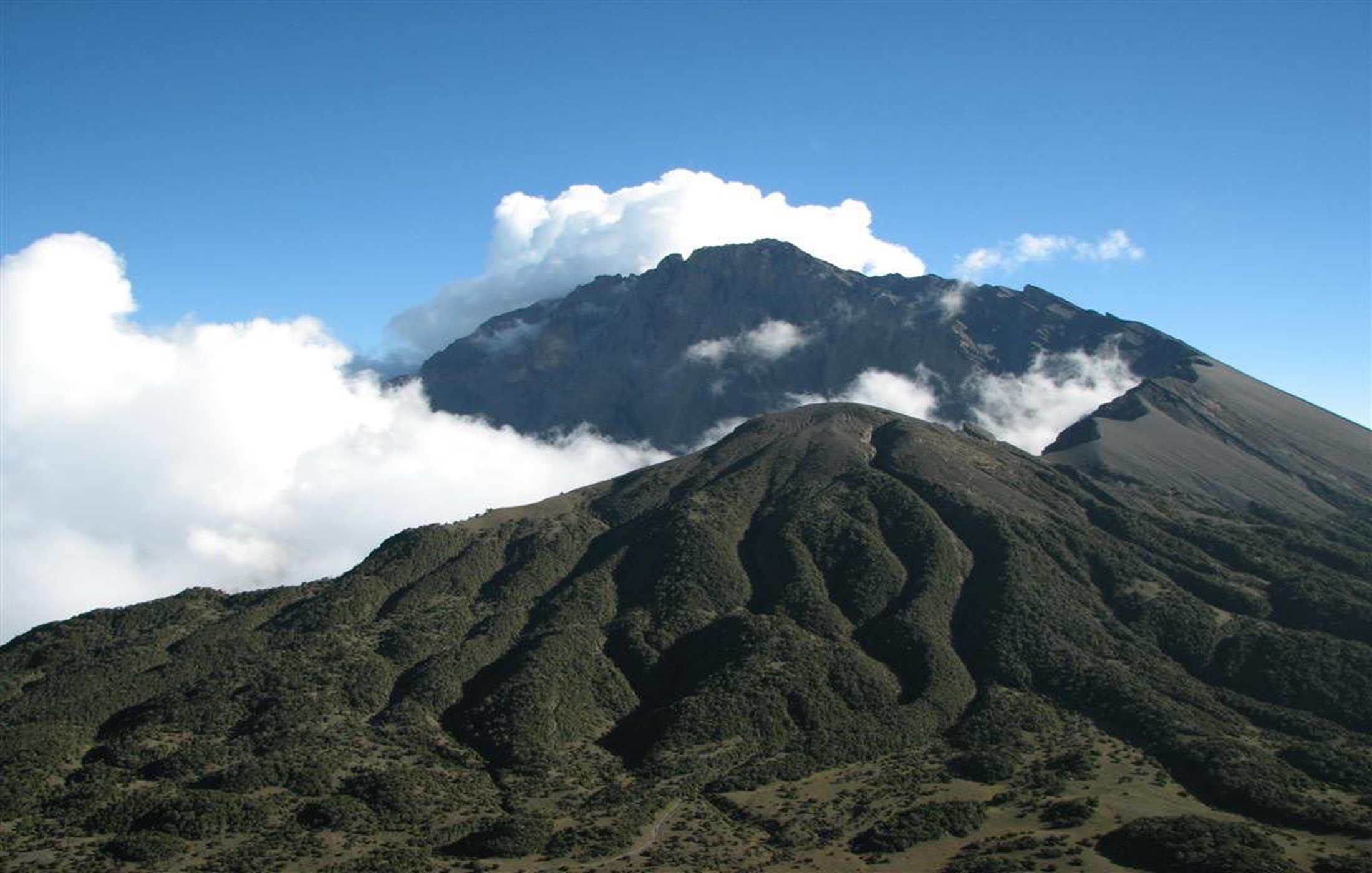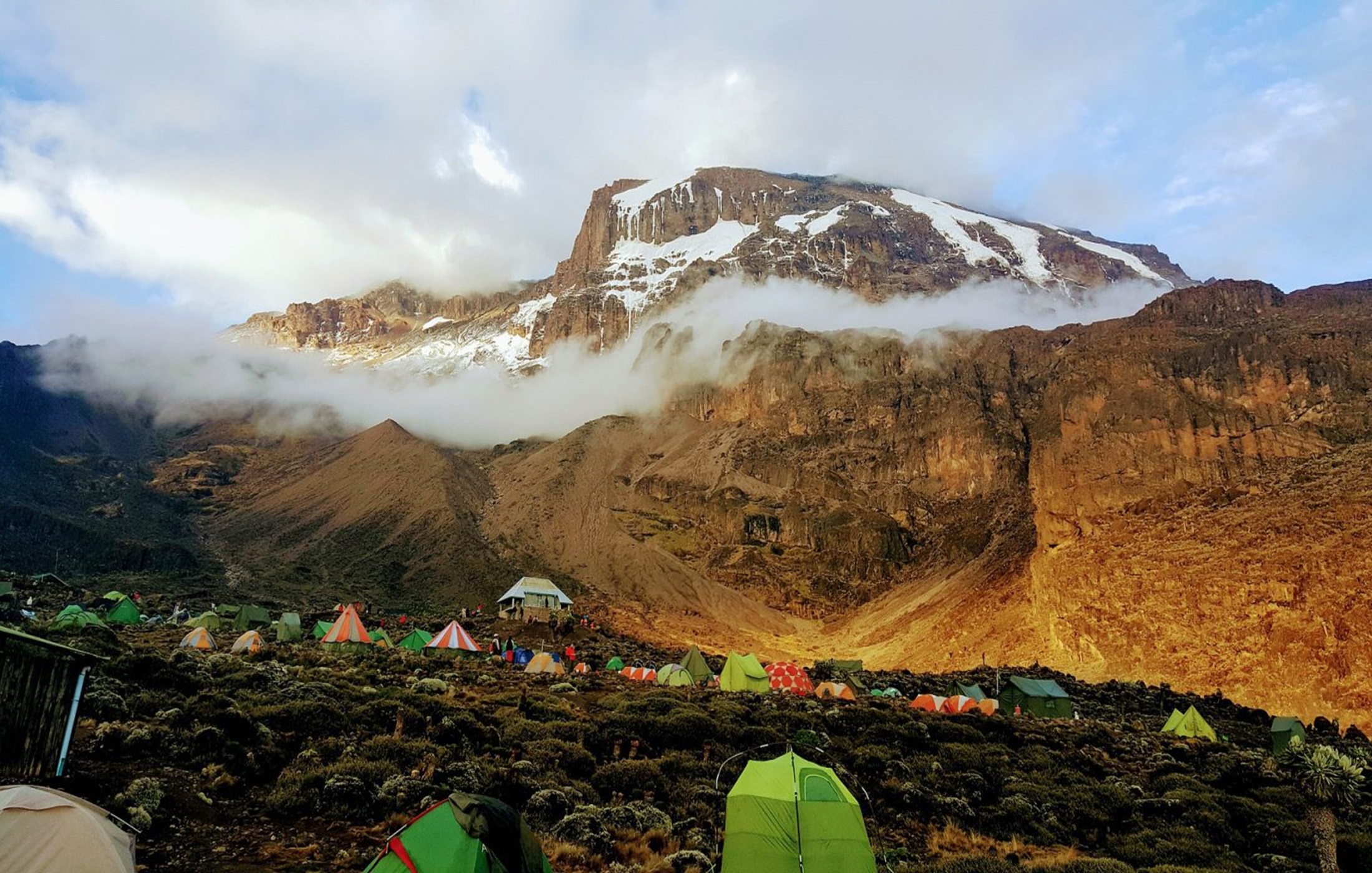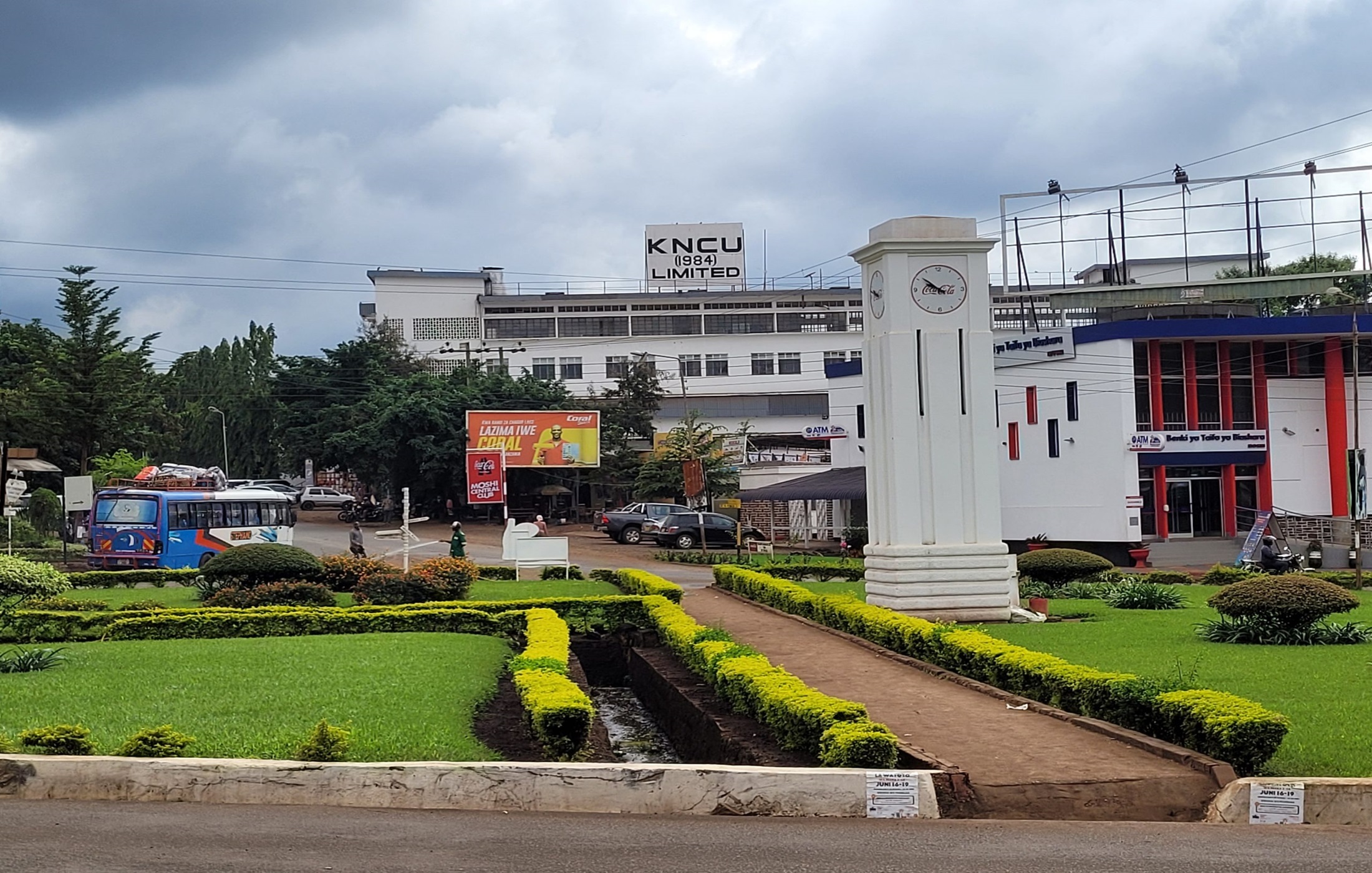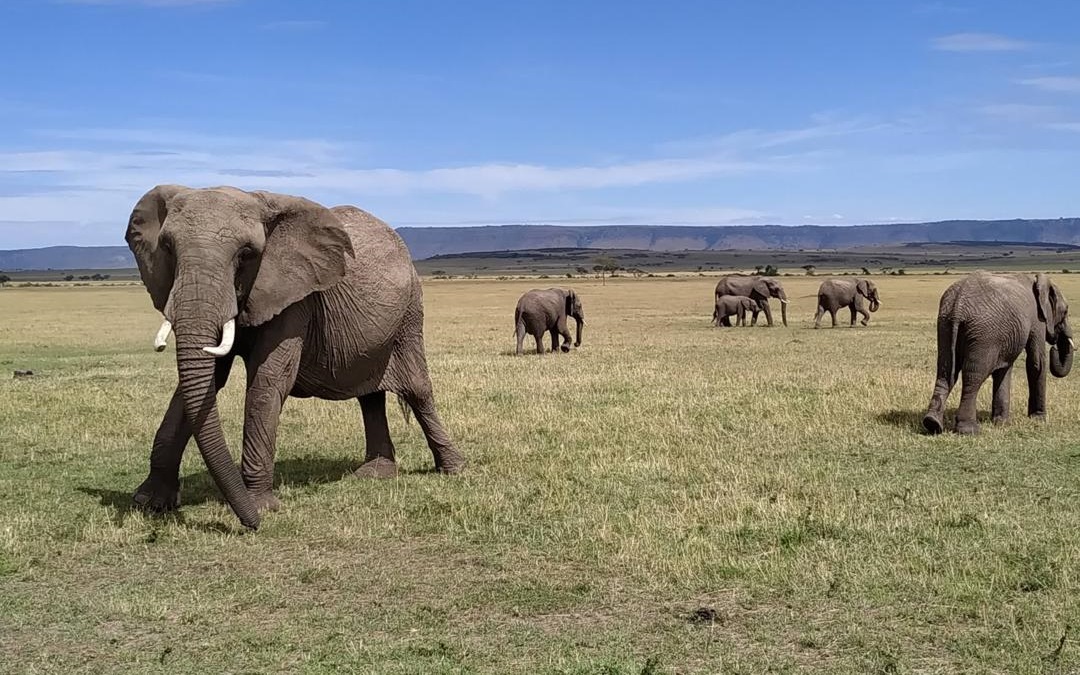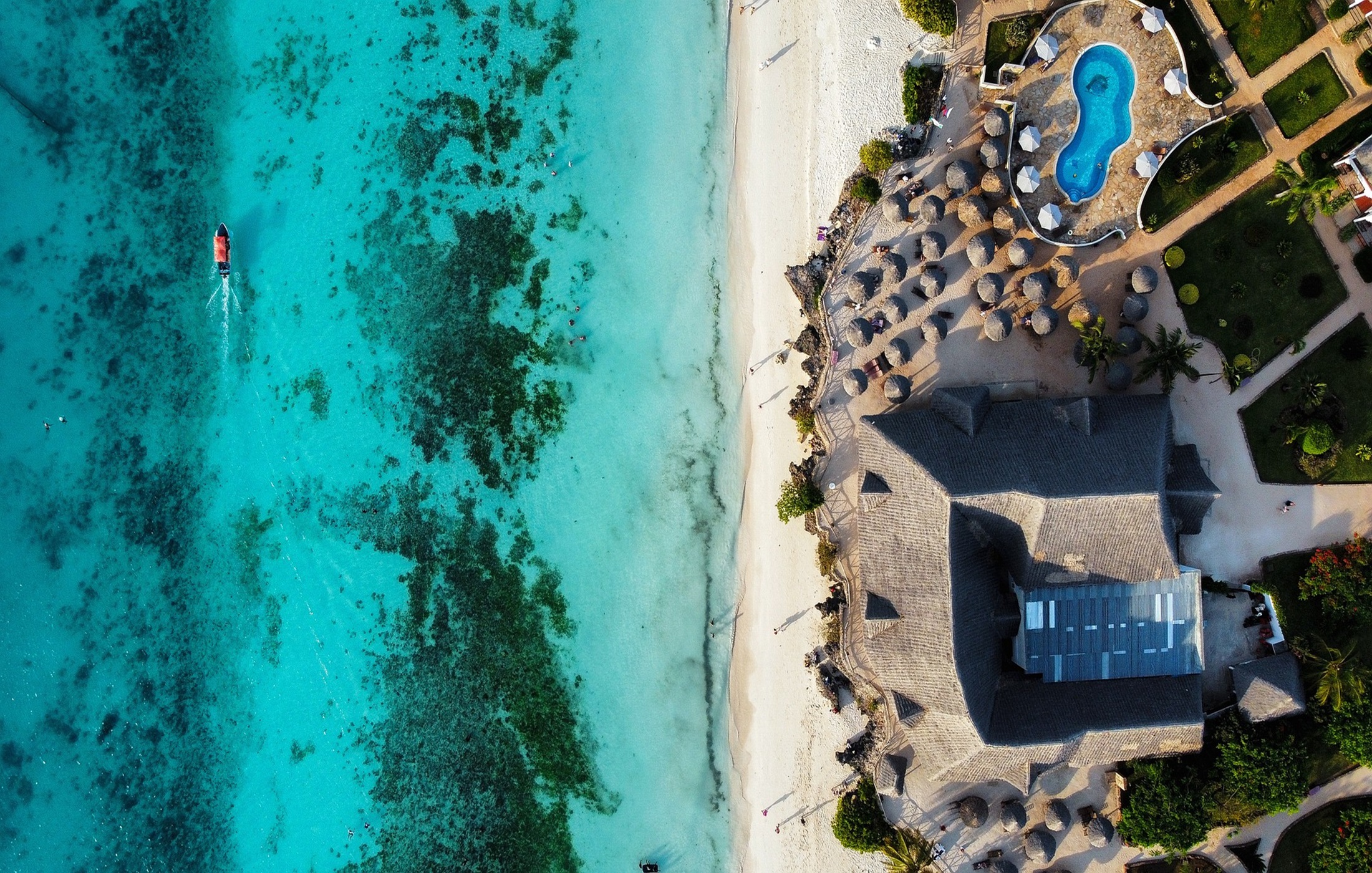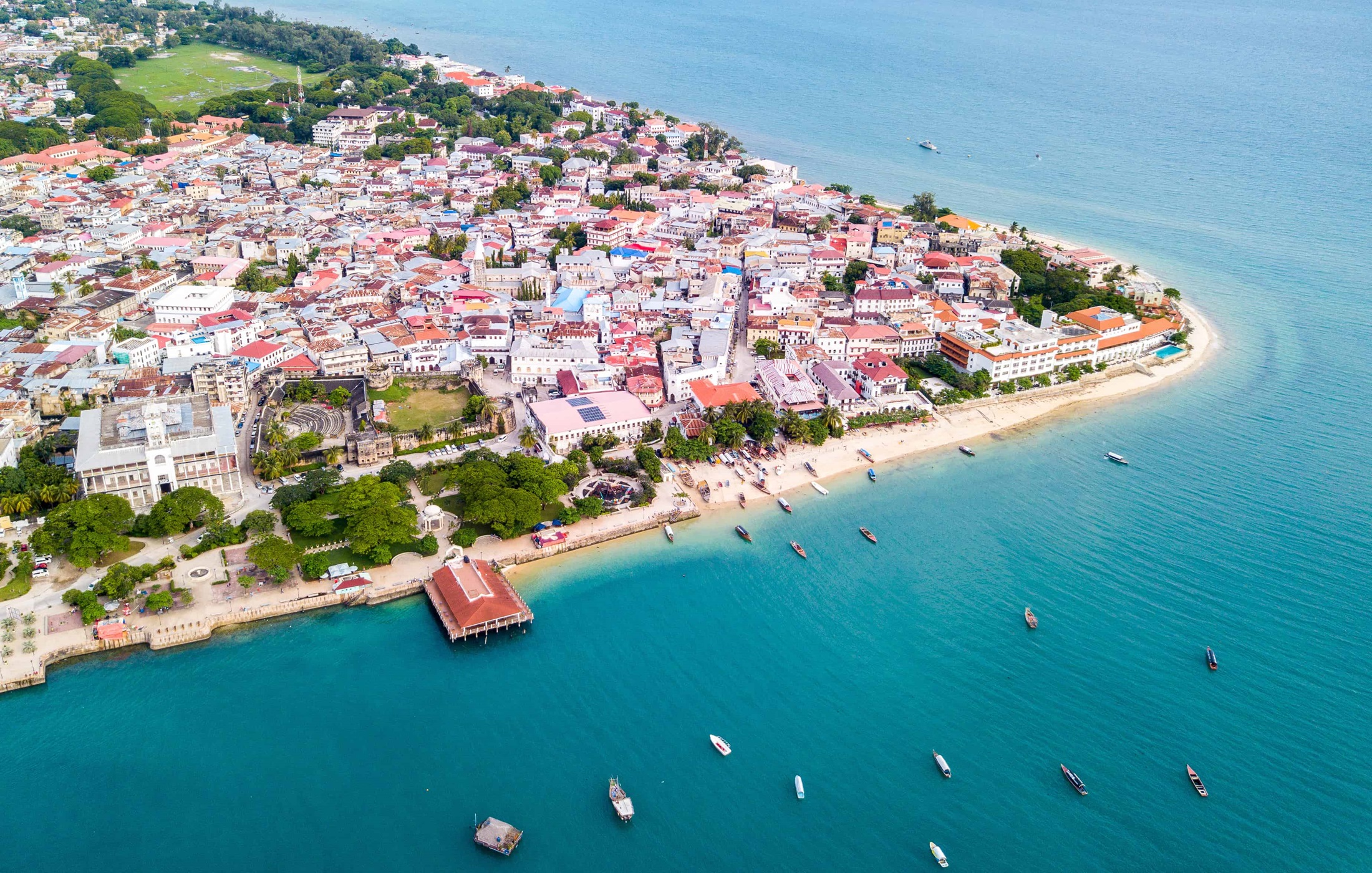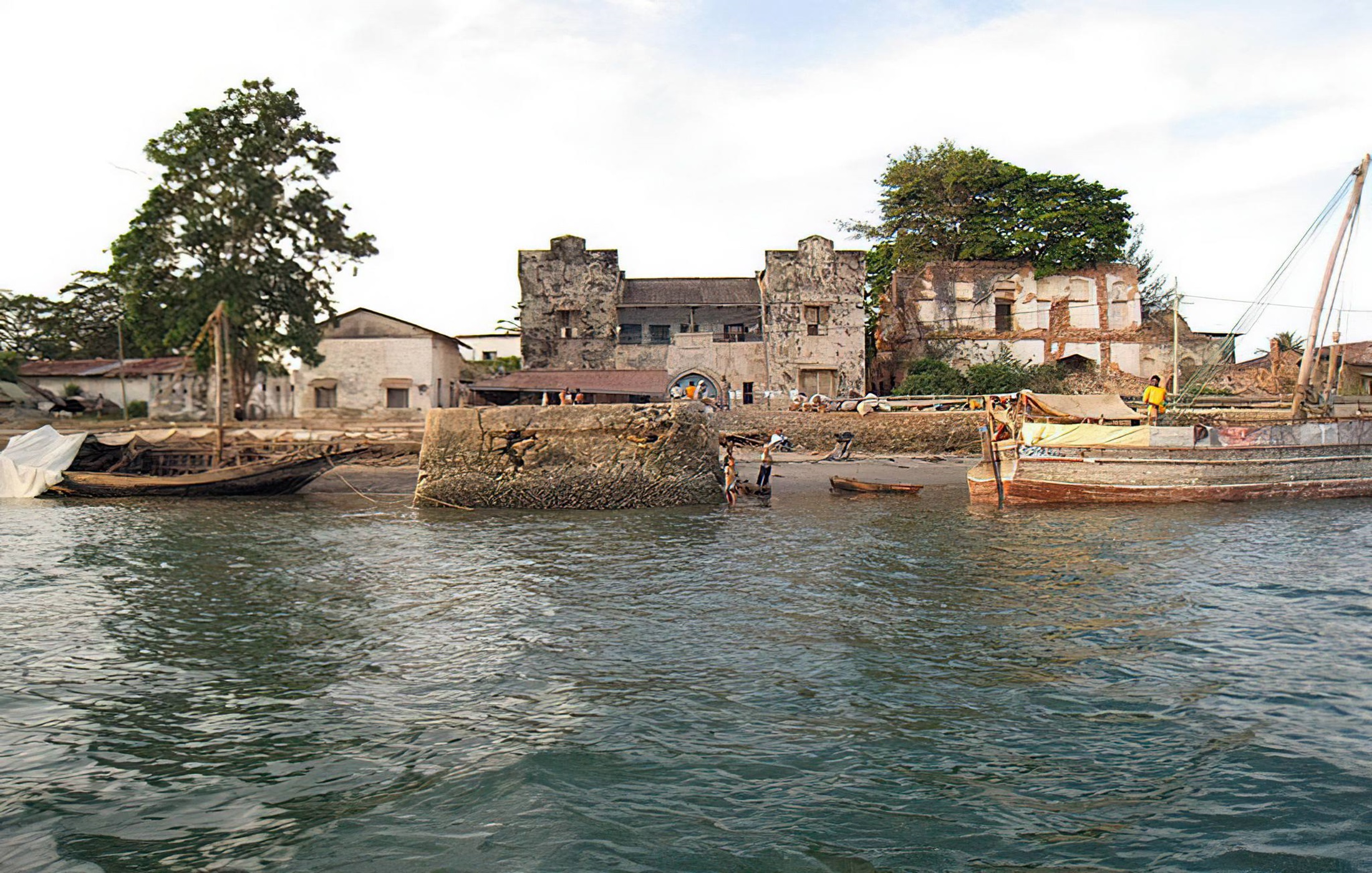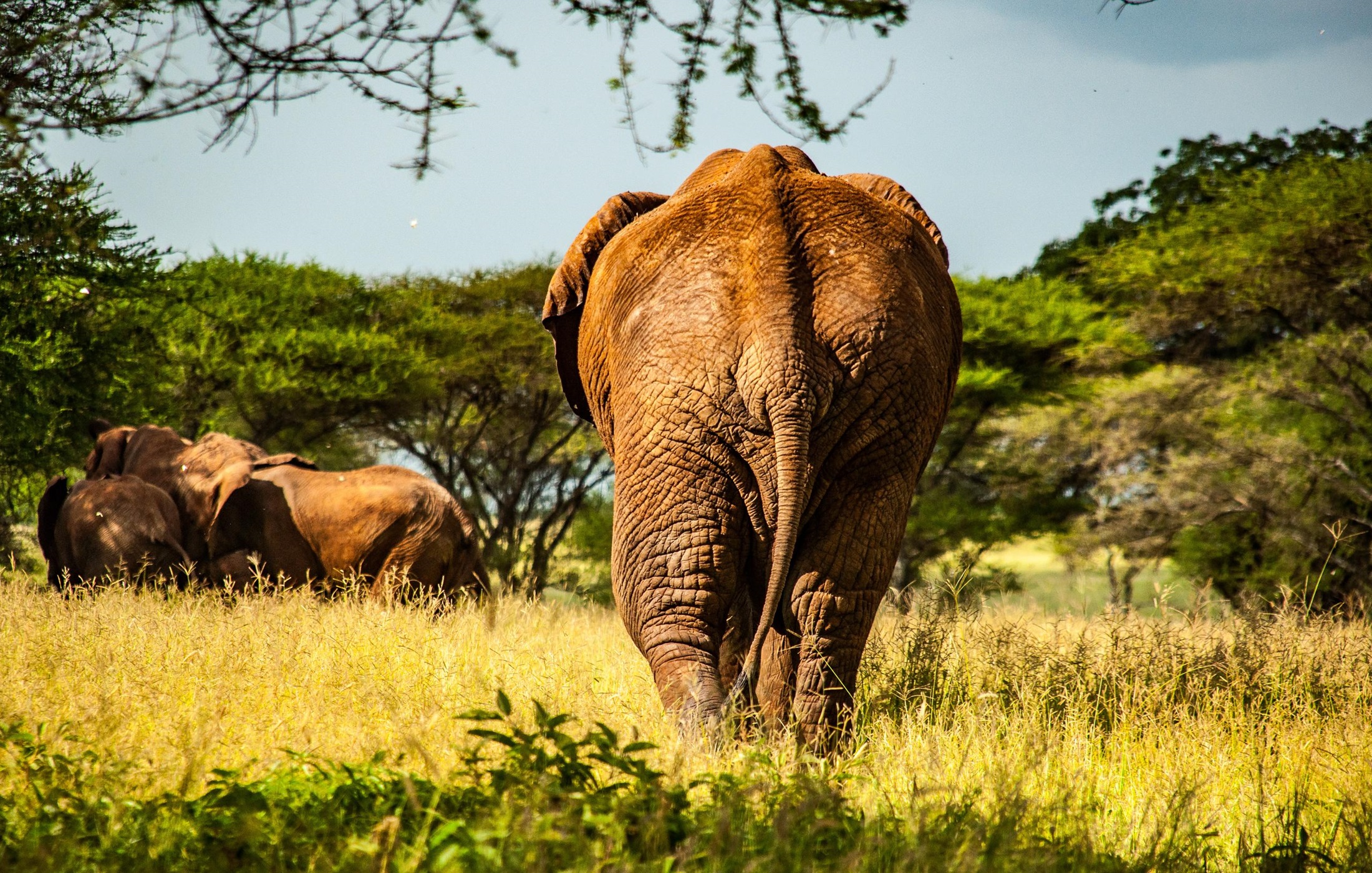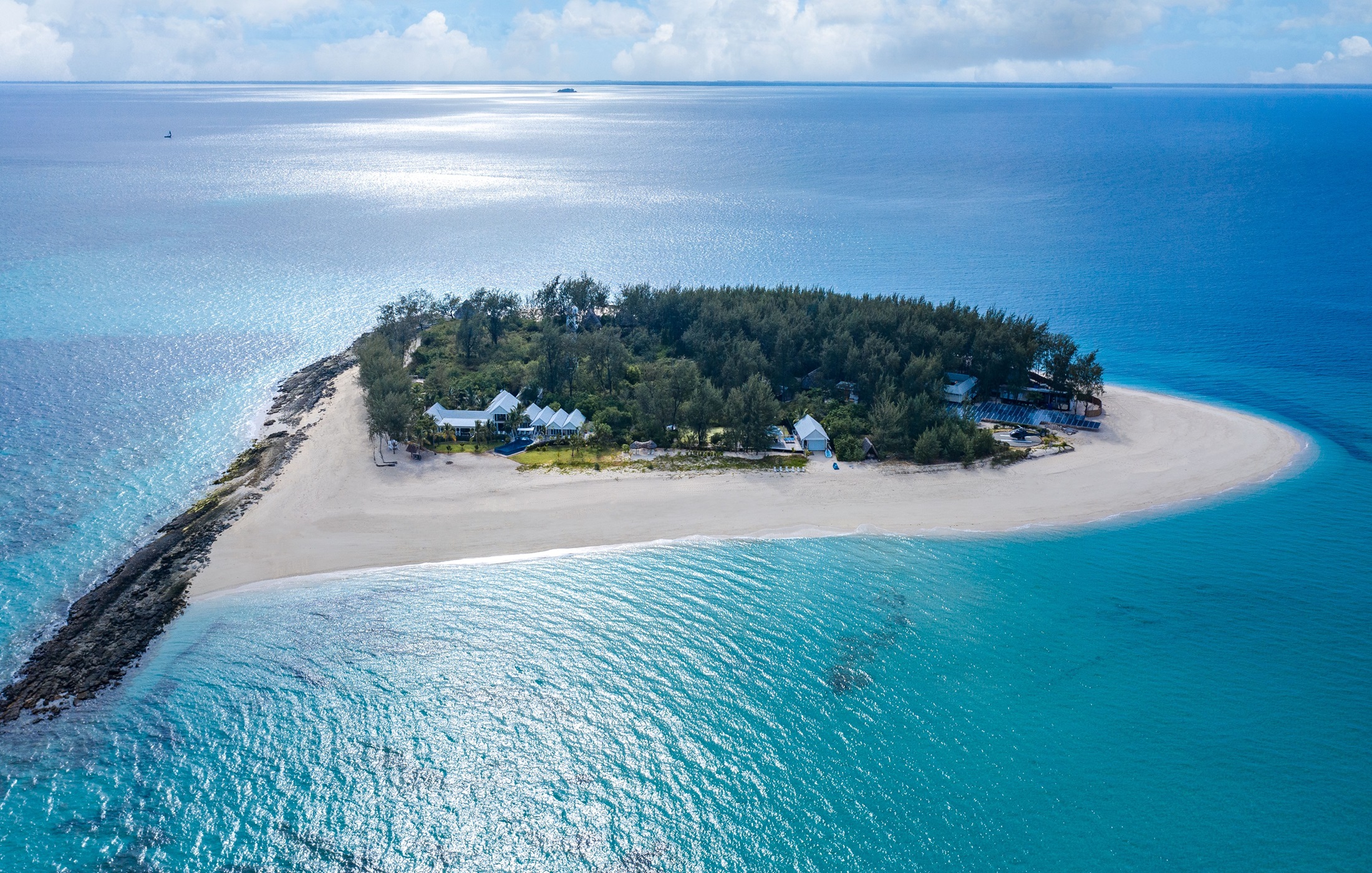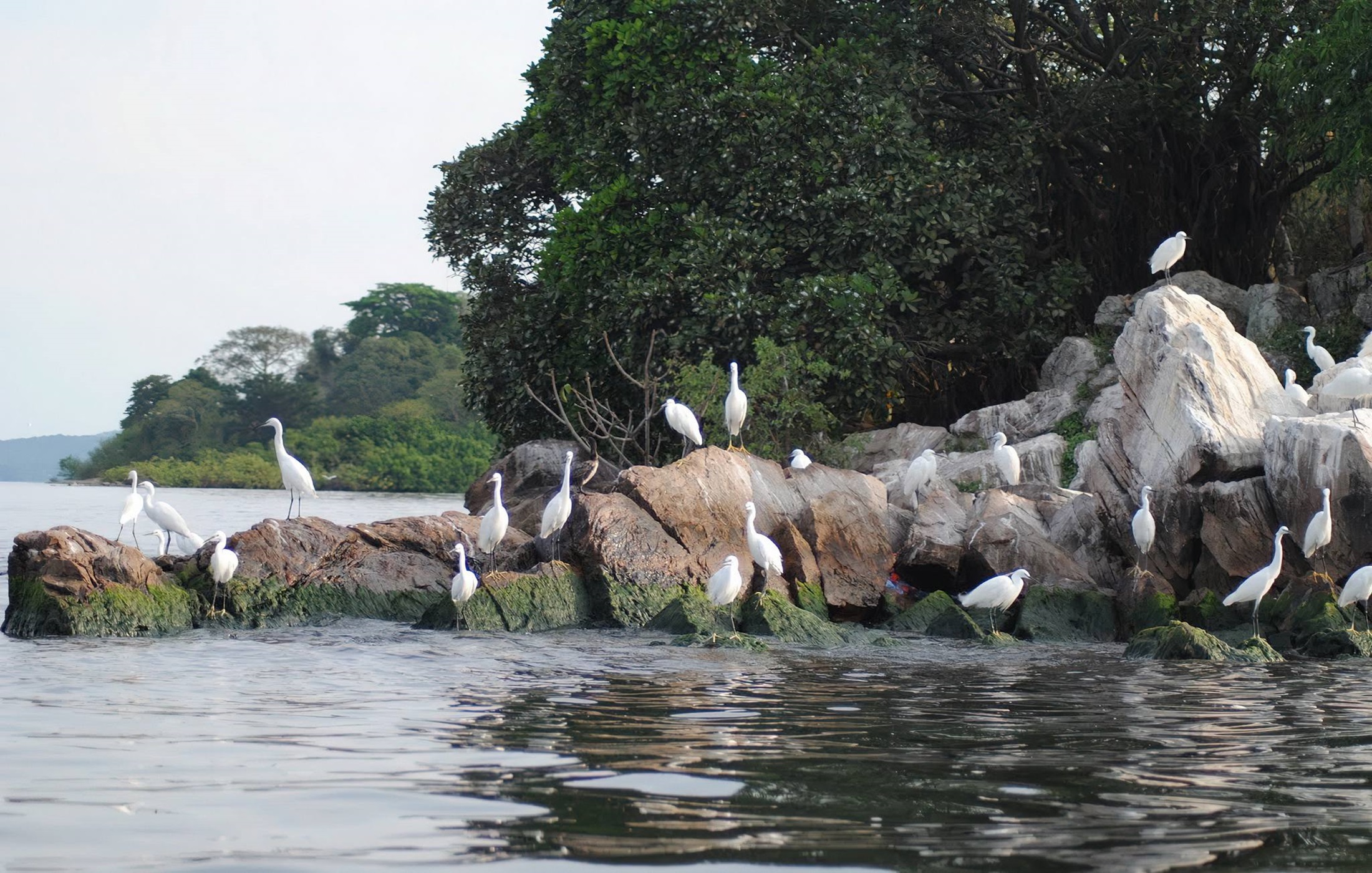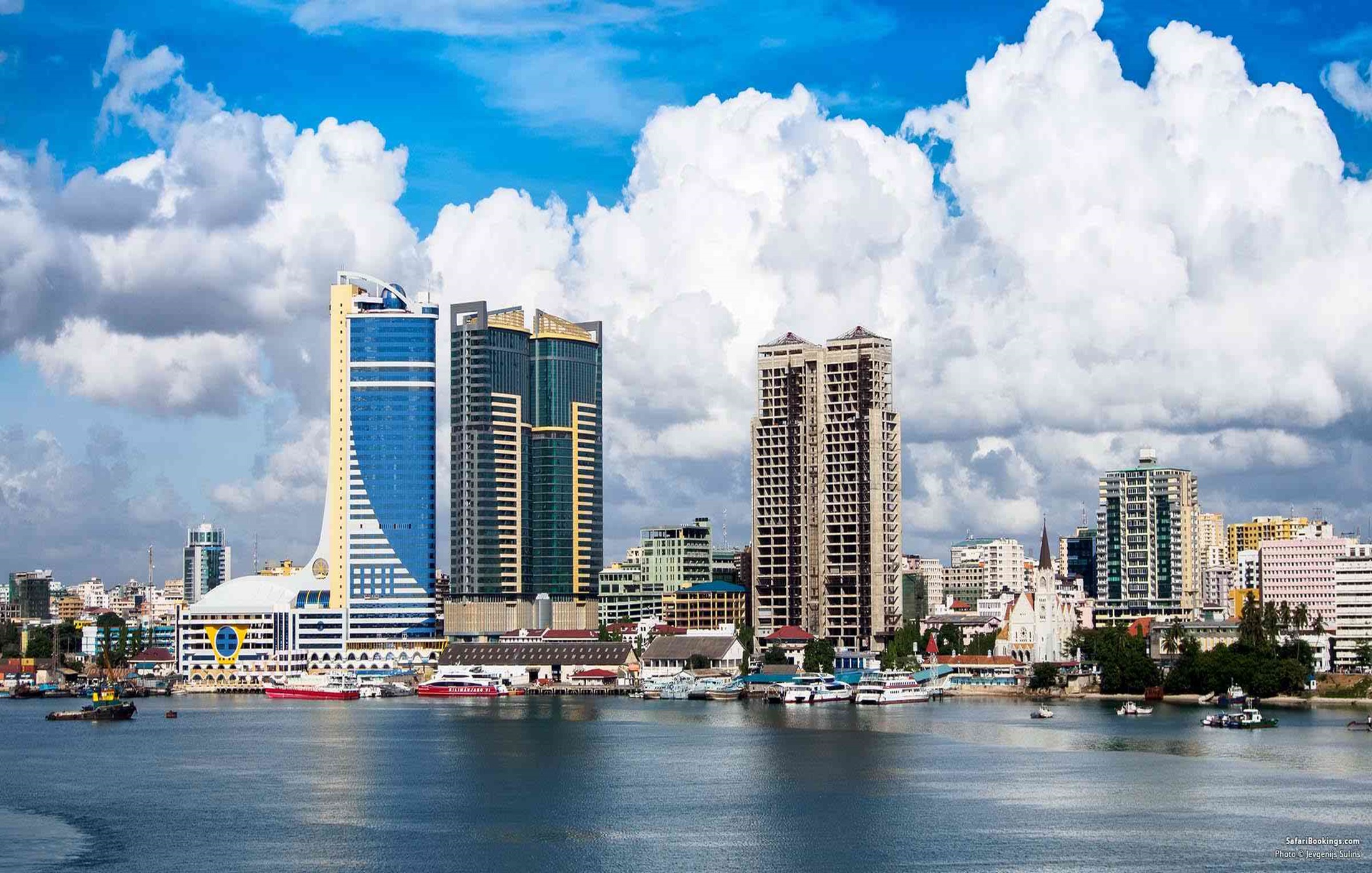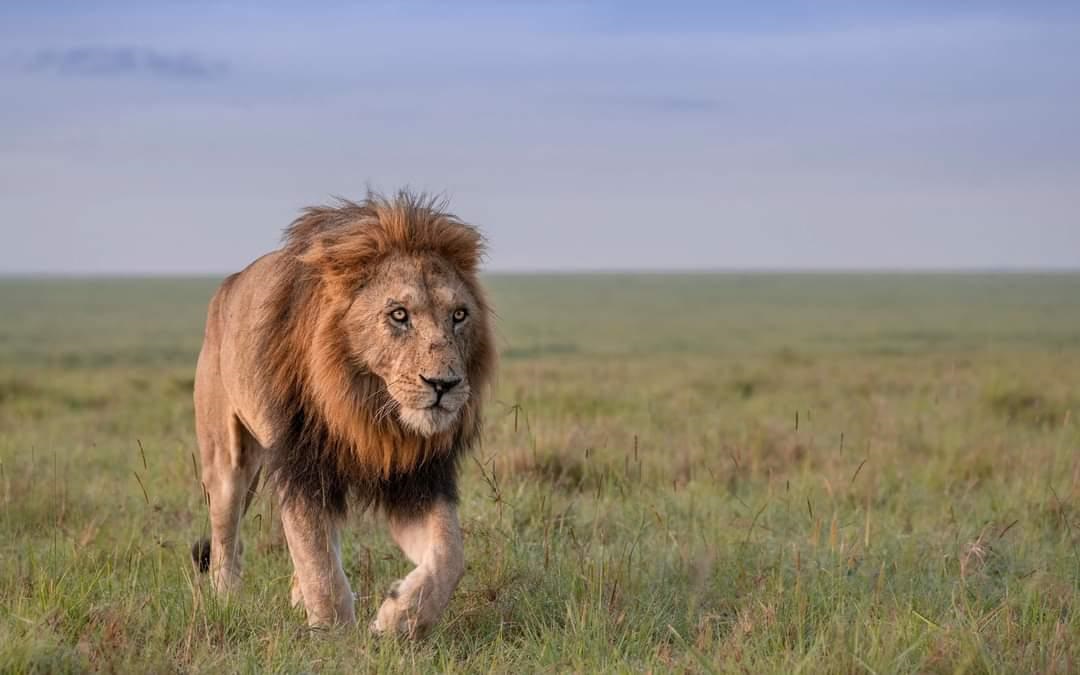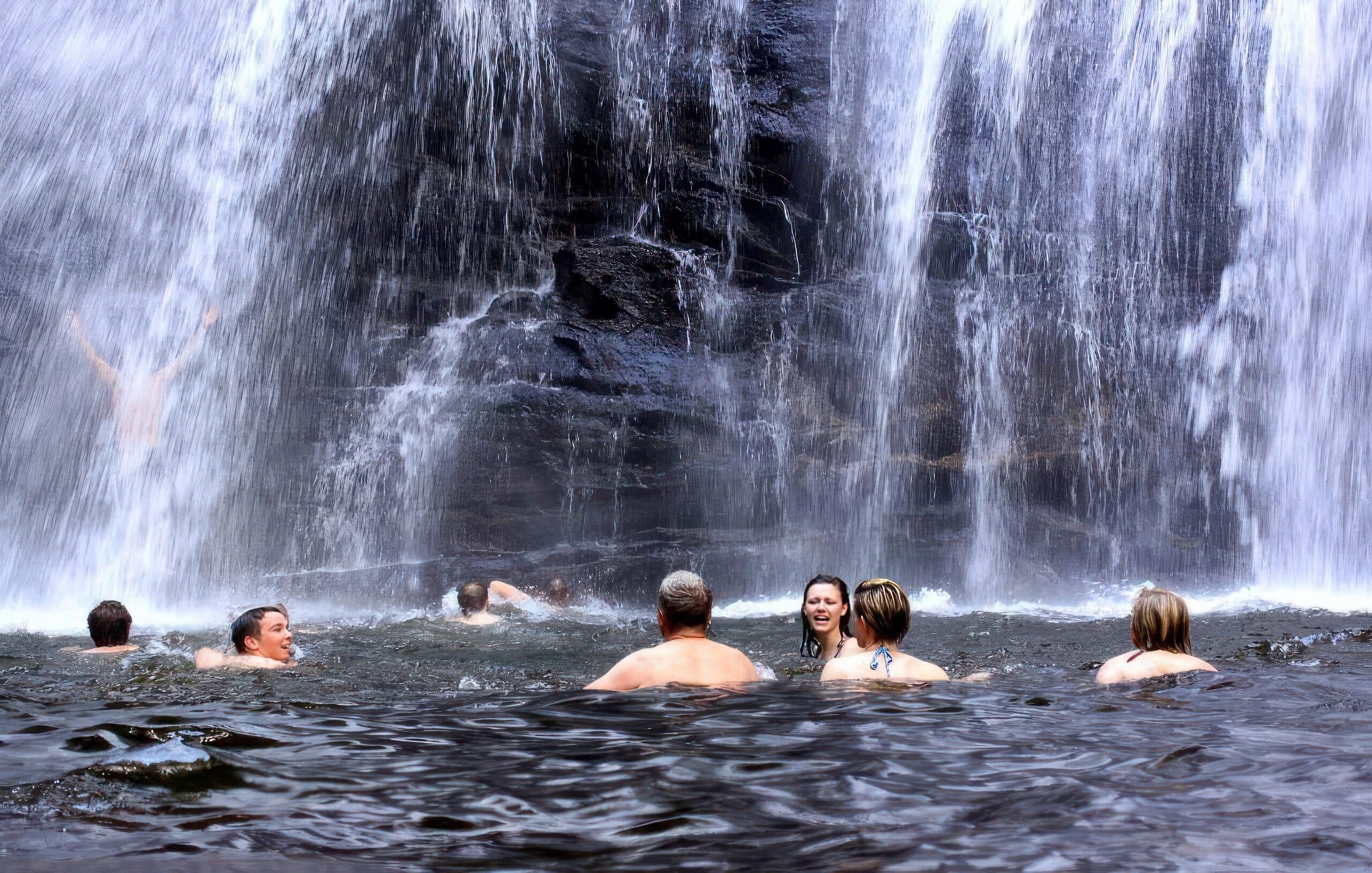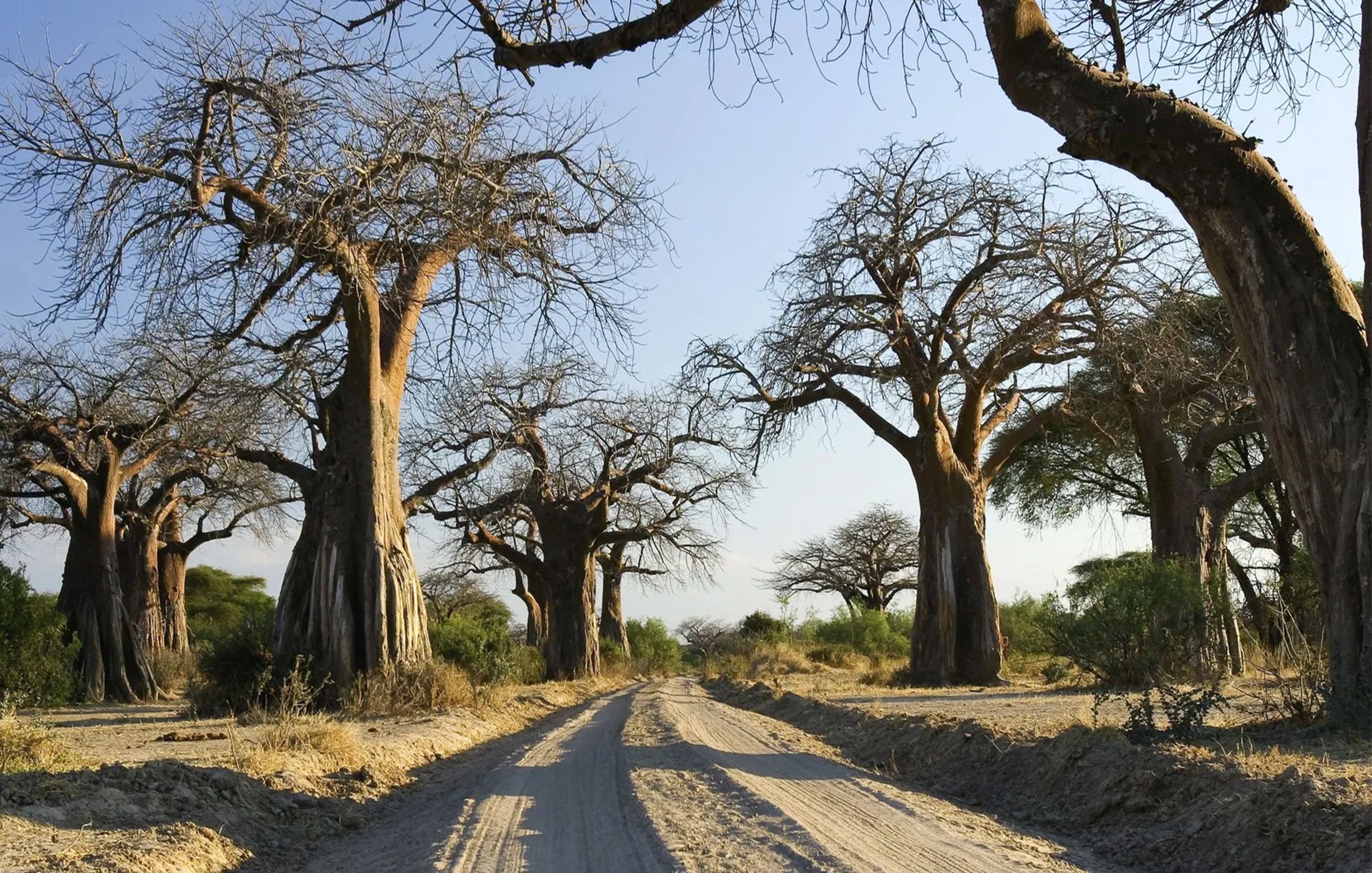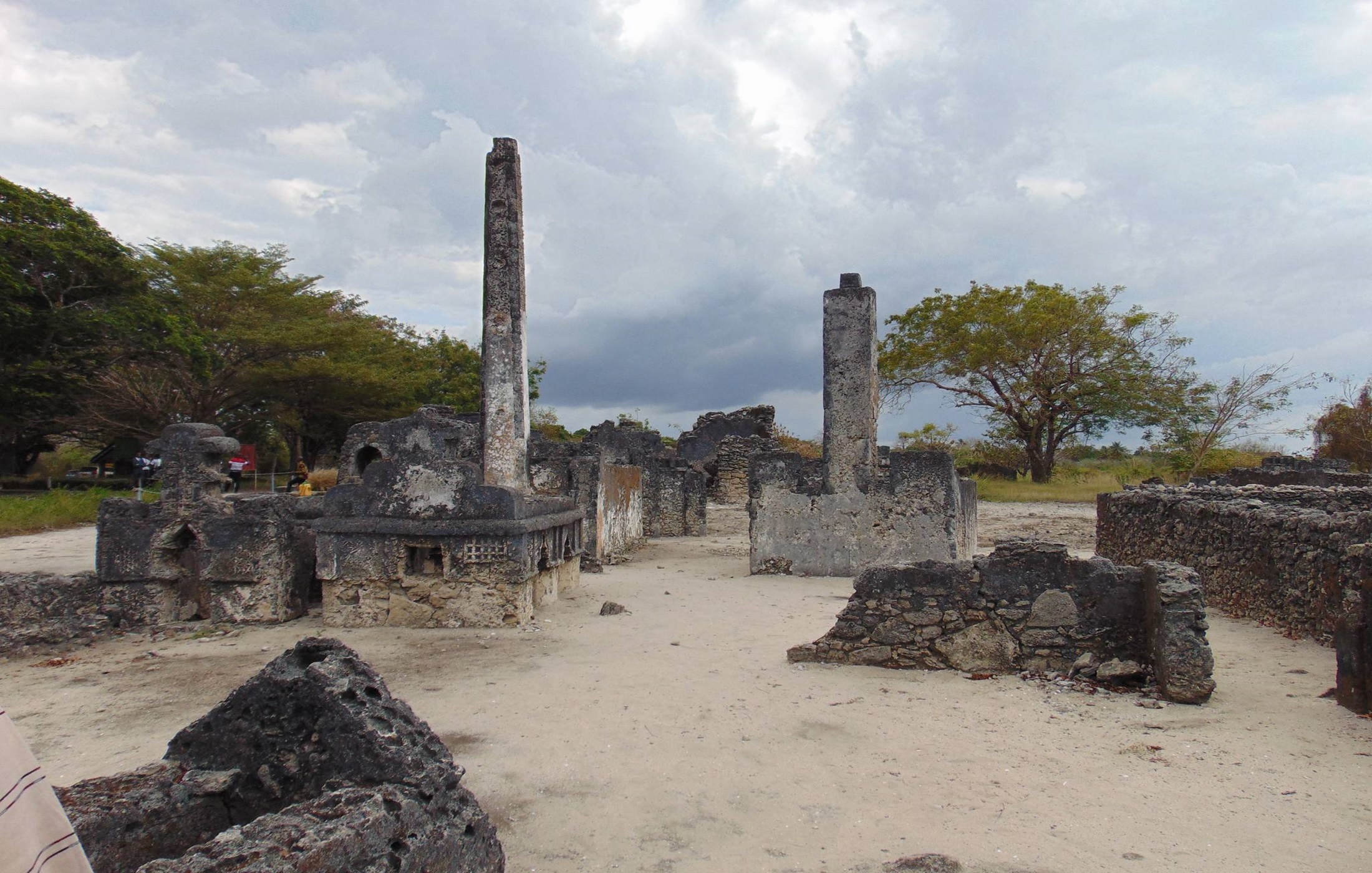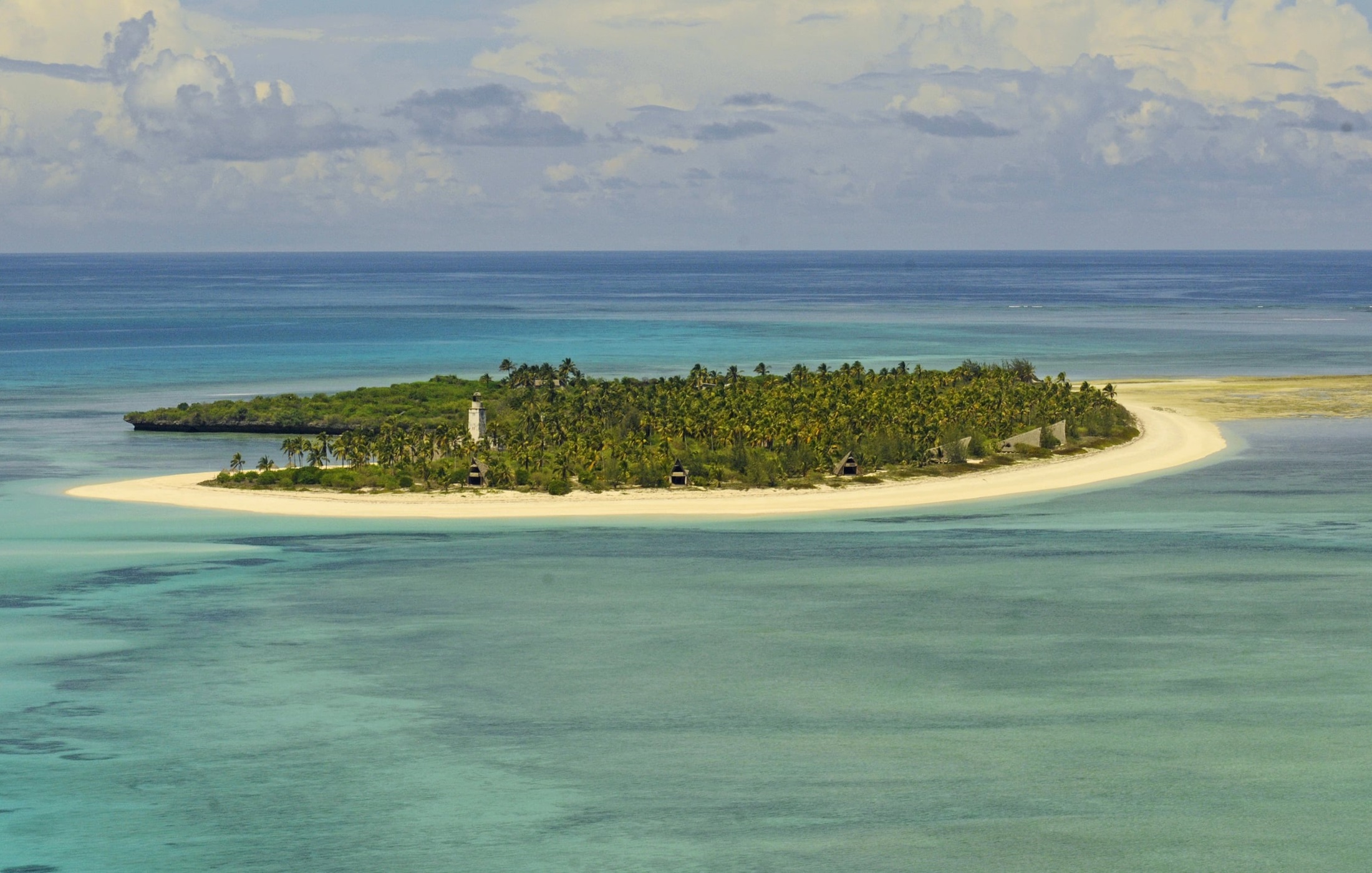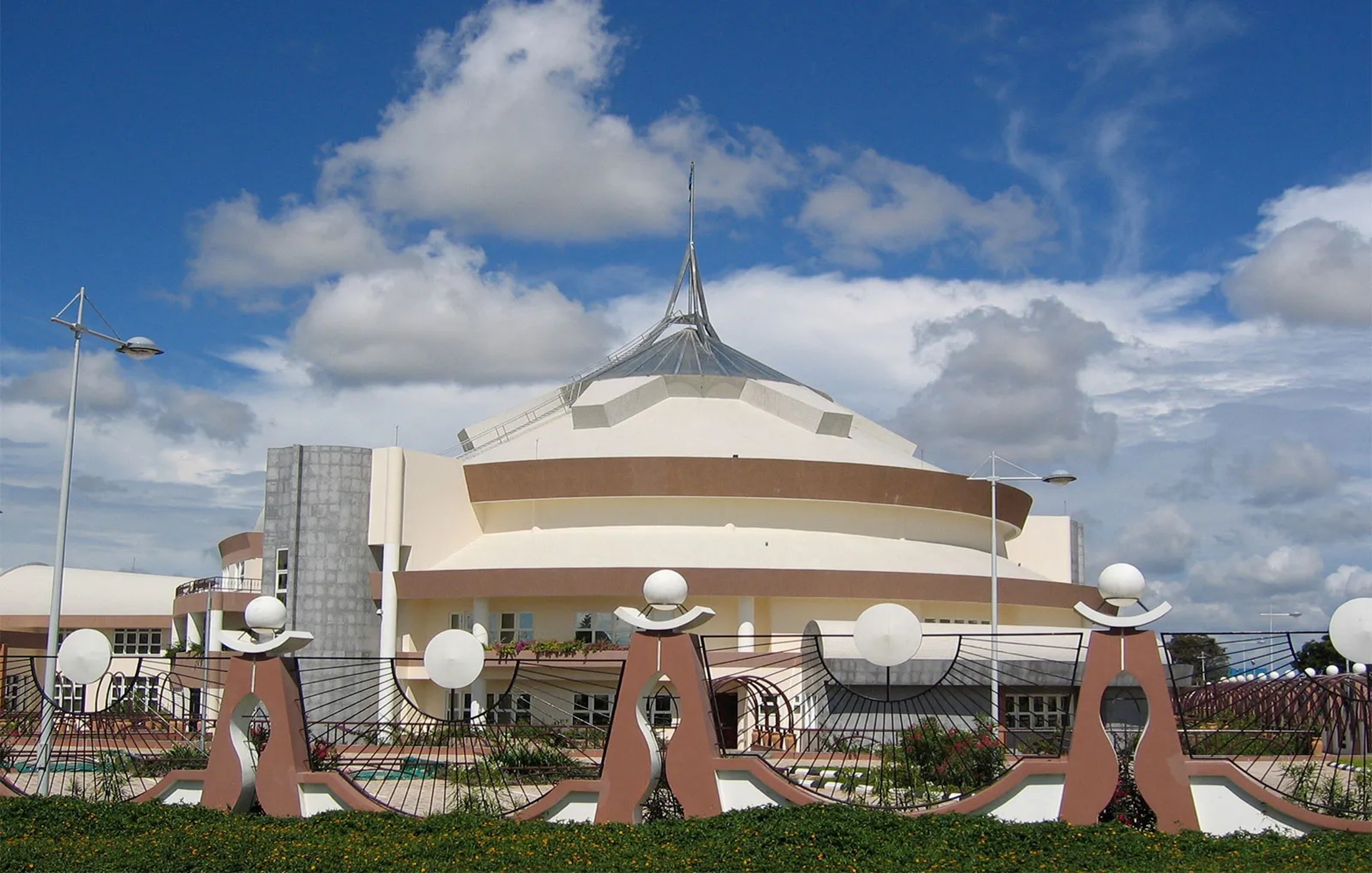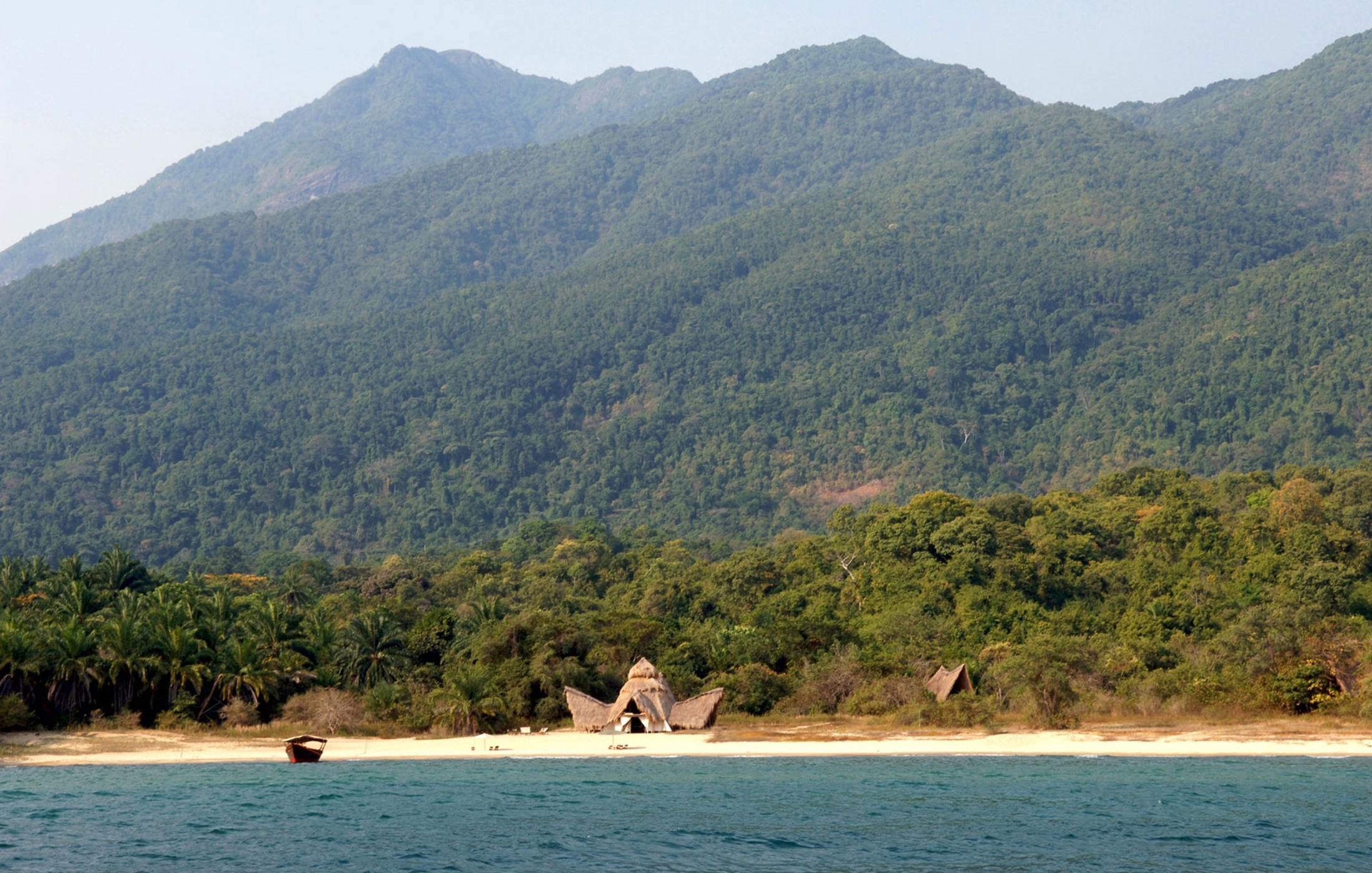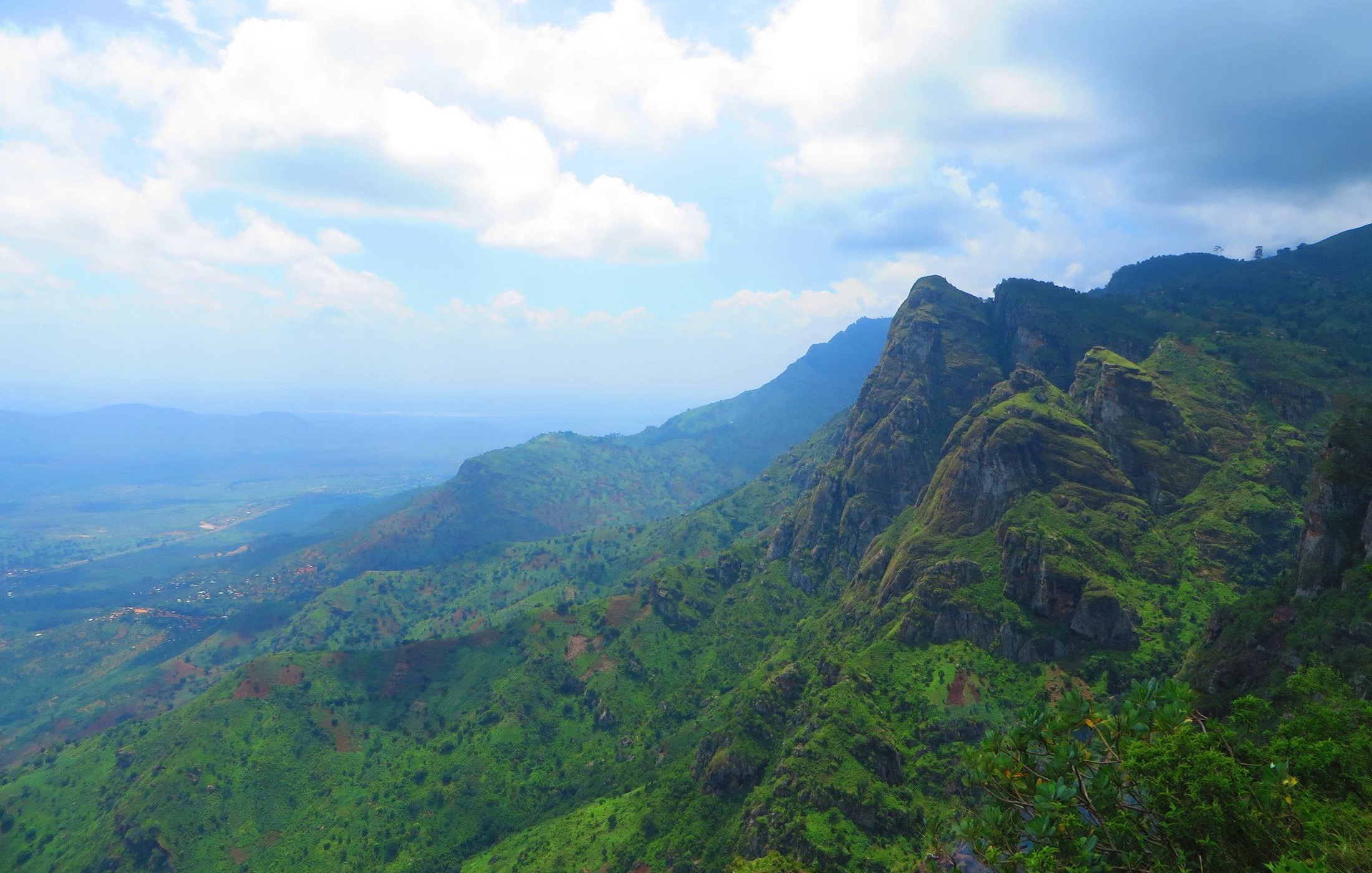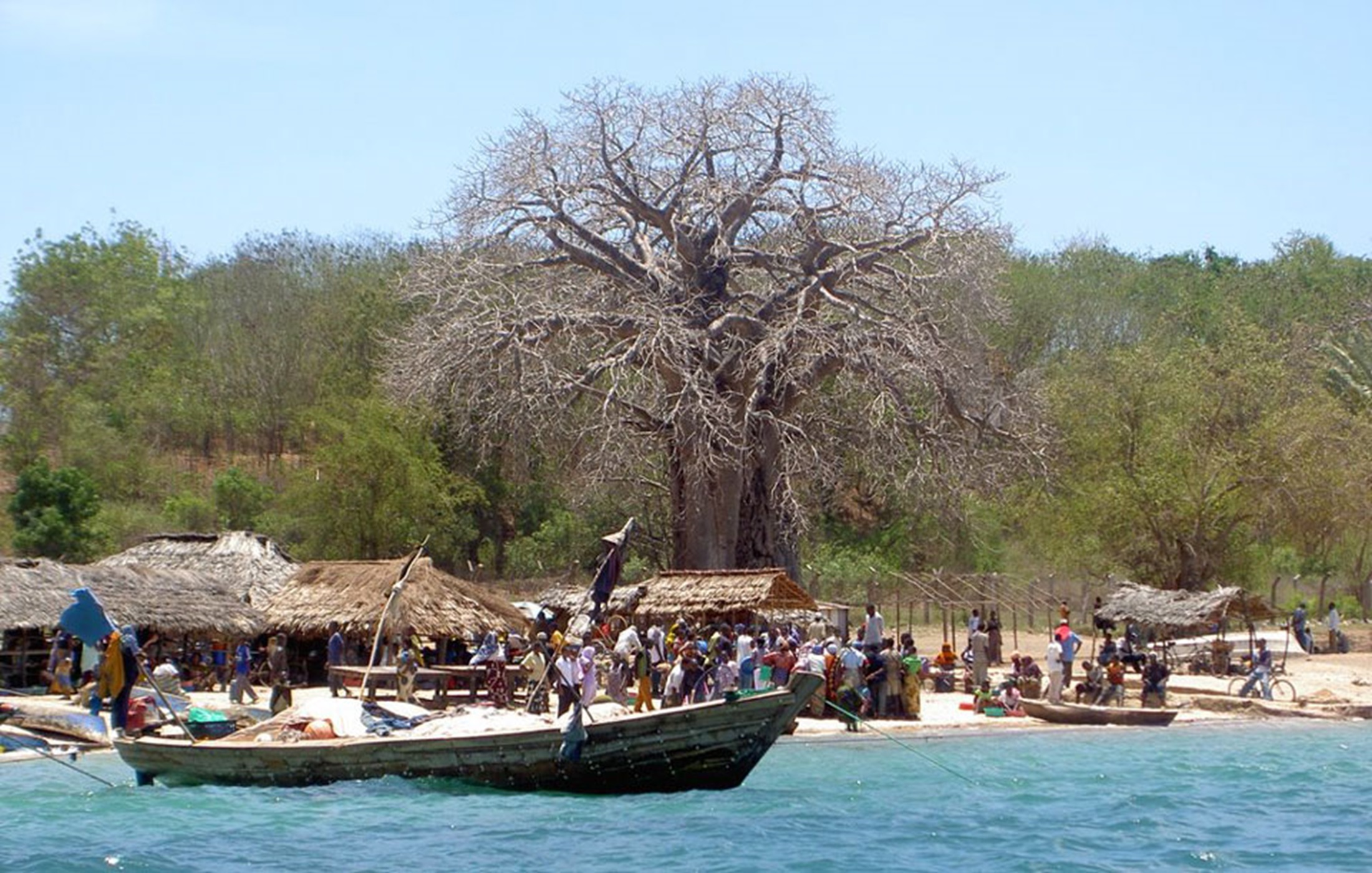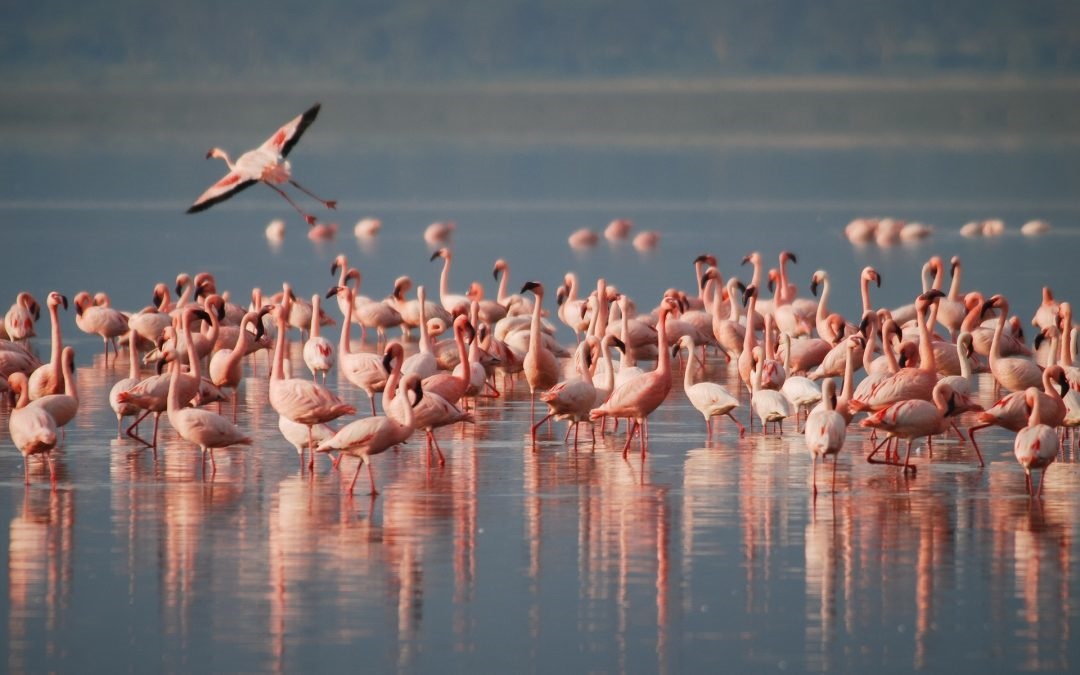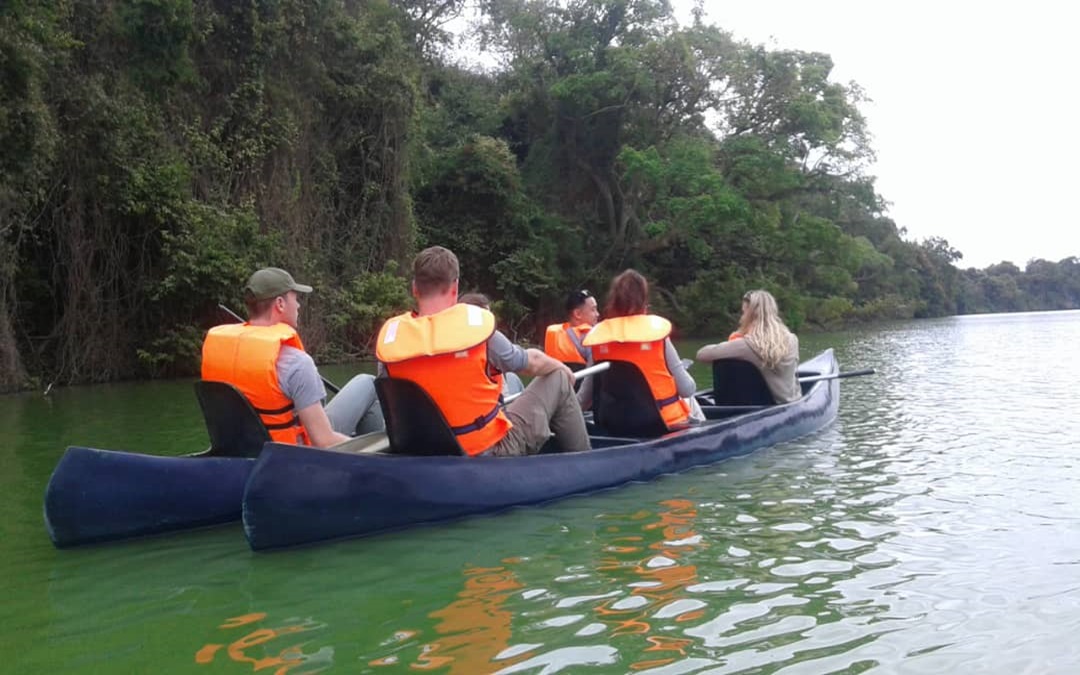INTERESTING FACTS ABOUT THE GREAT WILDEBEEST MIGRATION IN TANZANIA
Africa’s Race for Life
Every year, the endless plains of the Serengeti bear witness to one of the world’s most breathtaking natural wonders: the Great Migration. This is Africa’s grand performance—a race for life, love, and survival, led by nearly two million wildebeest and accompanied by zebras, gazelles, and predators who follow in pursuit.
The Journey Begins
From January to March, the southern Serengeti comes alive with new beginnings. Here, half a million wildebeest calves take their first steps, drawing in not only seasoned guides but also big cats ready for the feast. The air is vibrant, pulsing with life, drama, and beauty—an unforgettable time to witness the rhythm of nature.
Why the Wildebeest Migrate
The migration is not a random dash—it’s an ancient ritual dictated by rain, grass, and survival. The herds follow the rains in a clockwise loop across 800 kilometers, chasing fresh pastures and safer calving grounds. From the rich grasslands of the south to the moody, crocodile-laced rivers of the north, this journey is a continuous cycle of renewal, risk, and resilience.
The Great Migration:
Season by Season.
December – April |
Calving Season in the South
Short rains beckon the herds to the southeast plains near Ndutu and Ngorongoro. The landscape turns lush, and February becomes the season of birth. Thousands of calves are born within weeks, attracting lions, hyenas, and leopards. It’s the circle of life at its most raw and real—predator and prey in a delicate dance of survival.
May – July |
On the Move to the West
As the plains dry, the herds move westward, forming endless columns of movement—up to 40 kilometers long. Their first great challenge awaits at the Grumeti River, where giant crocodiles lie in wait. This is a chance to witness the raw power of nature, as the herds brave the waters in dramatic crossings.
August – September |
The Mara River Crossings
Next comes the Mara River, a dramatic hurdle where some of the most iconic images of the migration are captured. Thunderous hooves meet snapping jaws as thousands dive into the current. While many cross into Kenya’s Masai Mara, large numbers remain in Tanzania’s Serengeti Mara. This is a thrilling time to stay in camps near the northern plains—intimate, wild, and unforgettable.
October – November |
Return to the South
With the first whispers of rain, the herds begin their southbound journey. They cross the quiet northern hills and the rarely visited Lobo area—a serene time to experience the migration in peace. By late November, they return to the Ndutu plains to begin the cycle anew.
When Is the Best Time to Visit?
The Serengeti is a year-round treasure, offering world-class wildlife viewing in every season. While the migration is dramatic and awe-inspiring, it is also unpredictable. Weather and instinct rule the herds, not timetables.
To increase your chances of catching the migration in action:
Dec–May:
Visit the southern Serengeti and Ndutu for calving.
May–July:
Explore the Western Corridor and Grumeti River crossings.
July–Oct:
Head north to the Serengeti Mara for thrilling Mara River crossings.
Oct–Nov:
Seek the herds in Lobo and northern Serengeti as they journey home.
Final Note
The Great Migration isn’t just a spectacle—it’s a story, unfolding on nature’s own stage. Come witness the rhythm of the wild. No two safaris are the same, but every journey here leaves the soul stirred, and the heart forever changed.




